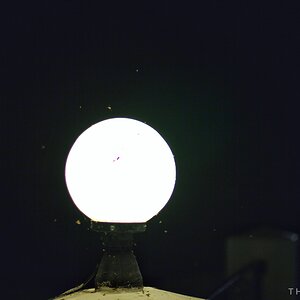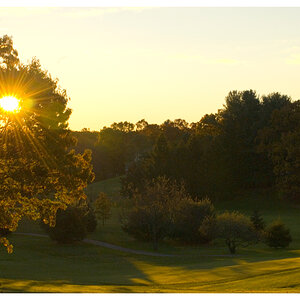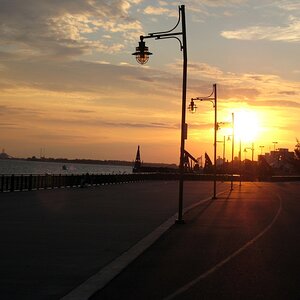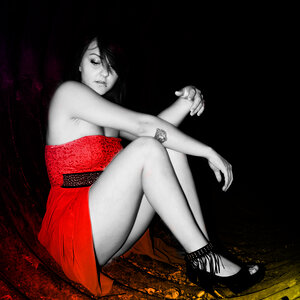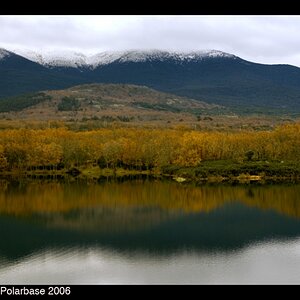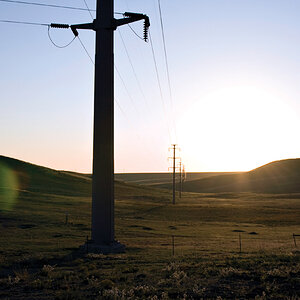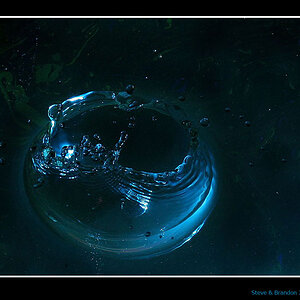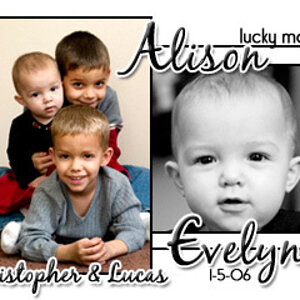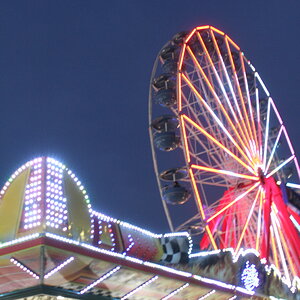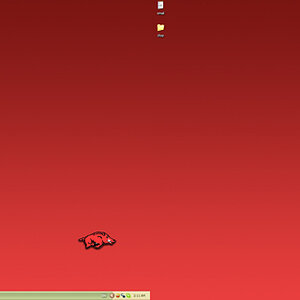Hello All,
Its been a long time since i had to get technical in the photography sense so my brain is a little filled with webs from the past.
I am trying to determine the rule of thumb if you will about films with a large contrast range vs. their relative sensitivity to light (speed). Also, I am seeking a color print film with the greatest contrast range that most accurately represents the colors as they were seen (and not hyper-saturated or altered in hue).
Anyone have any ideas where to begin?
BTW, to me a film with the lowest contrast range would be one that like a B&W film that can only show 'black' and 'white' and not grays. So, I am looking for the opposite, one that can represent the greatest number of increments between black and white for all color channels.
Its been a long time since i had to get technical in the photography sense so my brain is a little filled with webs from the past.
I am trying to determine the rule of thumb if you will about films with a large contrast range vs. their relative sensitivity to light (speed). Also, I am seeking a color print film with the greatest contrast range that most accurately represents the colors as they were seen (and not hyper-saturated or altered in hue).
Anyone have any ideas where to begin?
BTW, to me a film with the lowest contrast range would be one that like a B&W film that can only show 'black' and 'white' and not grays. So, I am looking for the opposite, one that can represent the greatest number of increments between black and white for all color channels.


